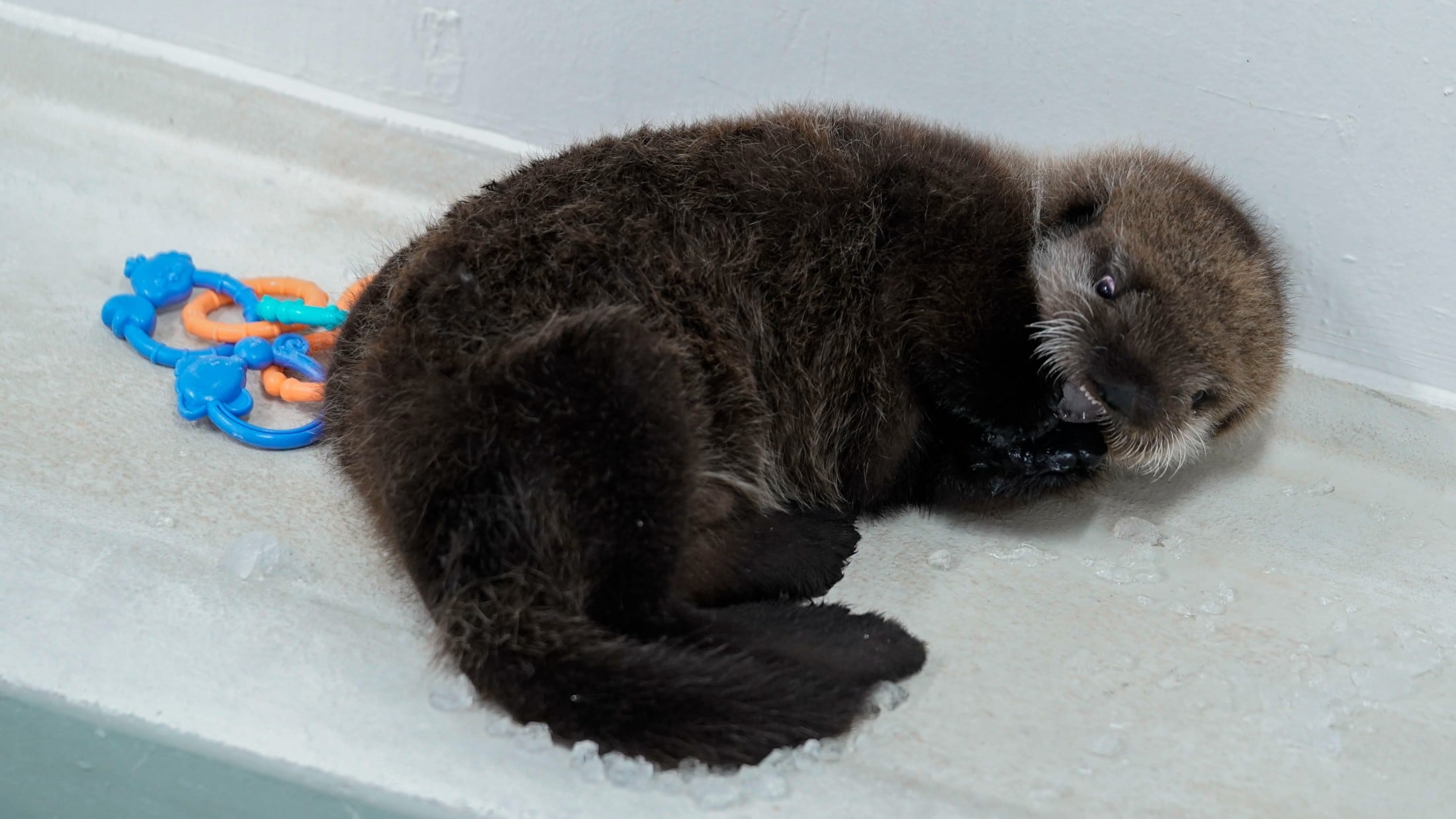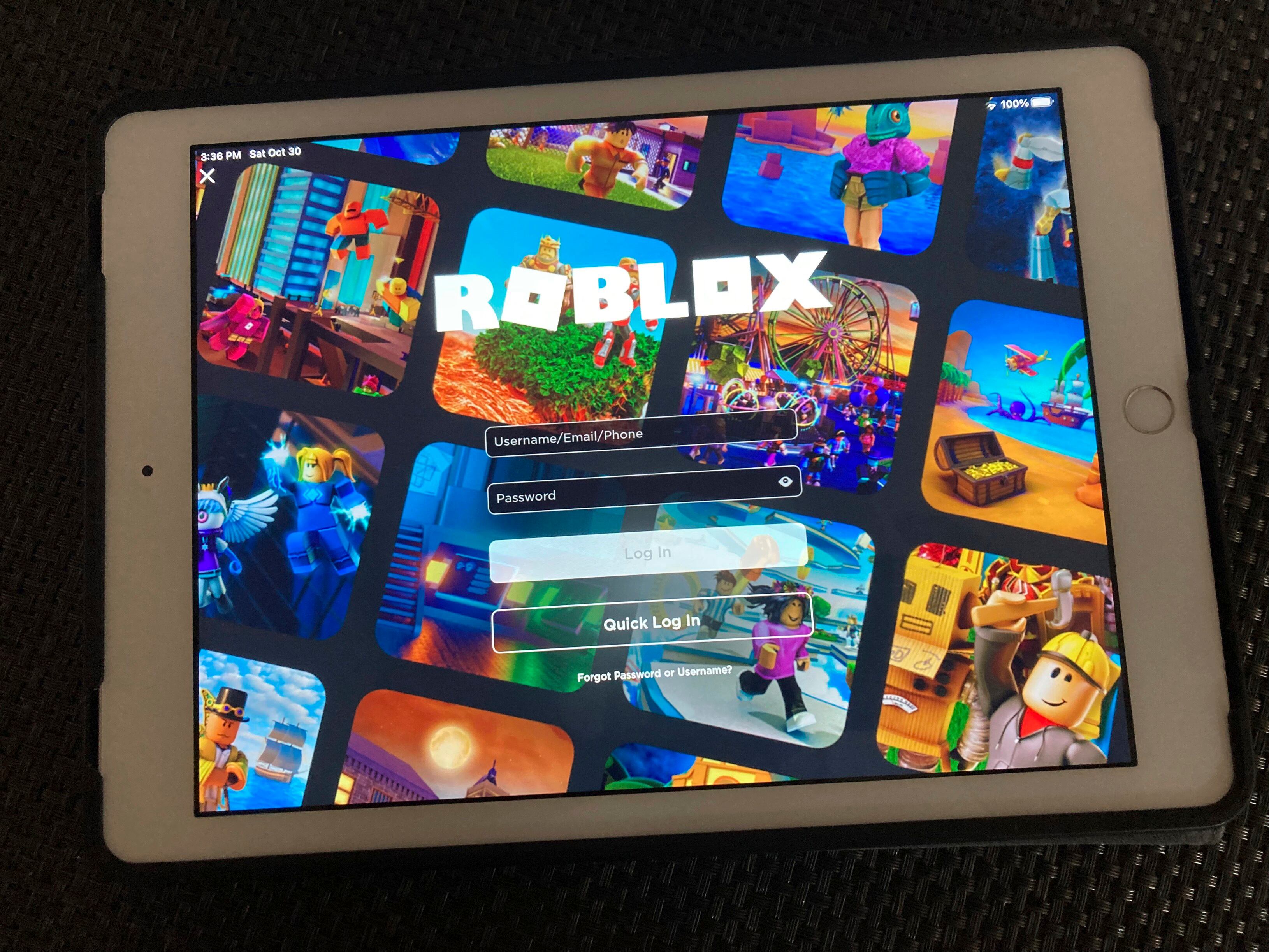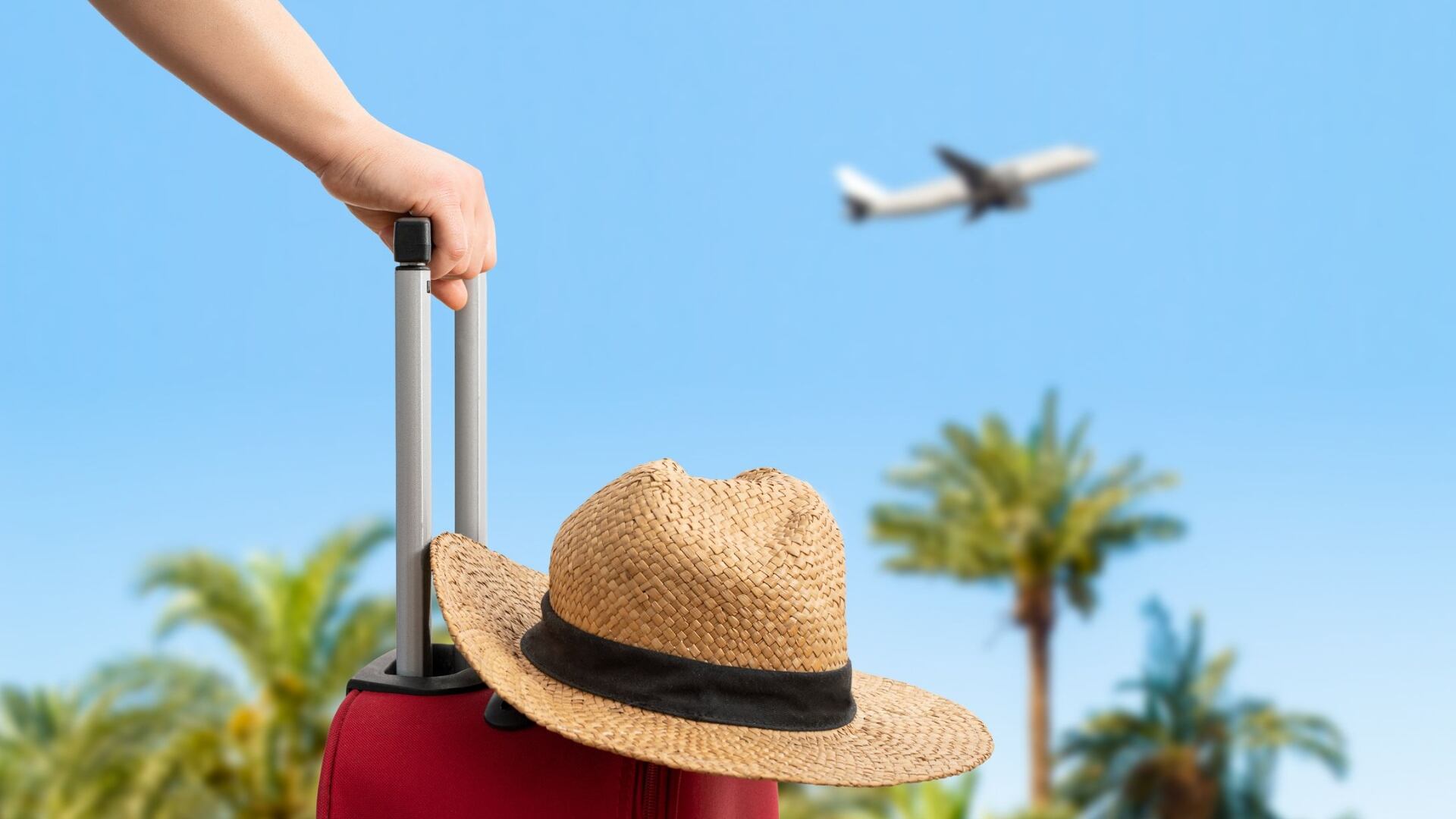By Erin Hooley
An 8-week-old arrival from Alaska chirps loudly before devouring ice chips in the nursery at Chicago’s Shedd Aquarium.
He is Pup EL2306 — proper name to be determined — a northern sea otter who was found alone and malnourished in the remote town of Seldovia in October and taken to the Alaska SeaLife Center in Seward.
Shedd, one of only a few facilities in the United States with the resources to care for rescued otters, was contacted by the SeaLife Center and the aquarium’s otter team made the cross-country journey with the fluffy brown marine mammal who arrived in Chicago at the end of November.
“Caring for a little otter pup is just like caring for an infant,” including round-the-clock feeding, said Lana Gonzalez, a manager of penguins and otter at Shedd. “He also needs to get groomed. Sea otters have a very dense coat — there’s anywhere from a 700,000 to a million hairs per square inch, and that’s what they use to keep themselves warm. They don’t have a thick layer of blubber or fat like other marine mammals do, so taking care of that coat is very important.”
An otter mother would typically teach her offspring to groom. The aquarium team acts in her place to encourage the pup’s healthy development.
On Wednesday, otter supervisor Tracy Deakins entered the pup's enclosure with clean white towels and encouraged him to leave the water. Deakins pointed to different spots on his fur and the pup responded by licking or rubbing it with his paws.
The pup will remain in Shedd’s Regenstein Sea Otter Nursery for a few months, building bonds with the staff, and he will eventually be introduced to the otter habitat and the five other otters at the aquarium.
Part of the growth process is moving pups from formula and small bits of clam to other solid foods. Gonzalez mentions the clam is “restaurant quality” and sustainably sourced.
Rescued pups are usually designated by the federal government as non-releasable and the Shedd experts said pups need their mothers for the first year of life.
“Once we bring him into our care he won’t be released back out into the natural environment, they’re just too used to people. But the good news is that he’ll be able to be an ambassador for his species here at the aquarium, so we’re really happy about that,” said Gonzalez.













